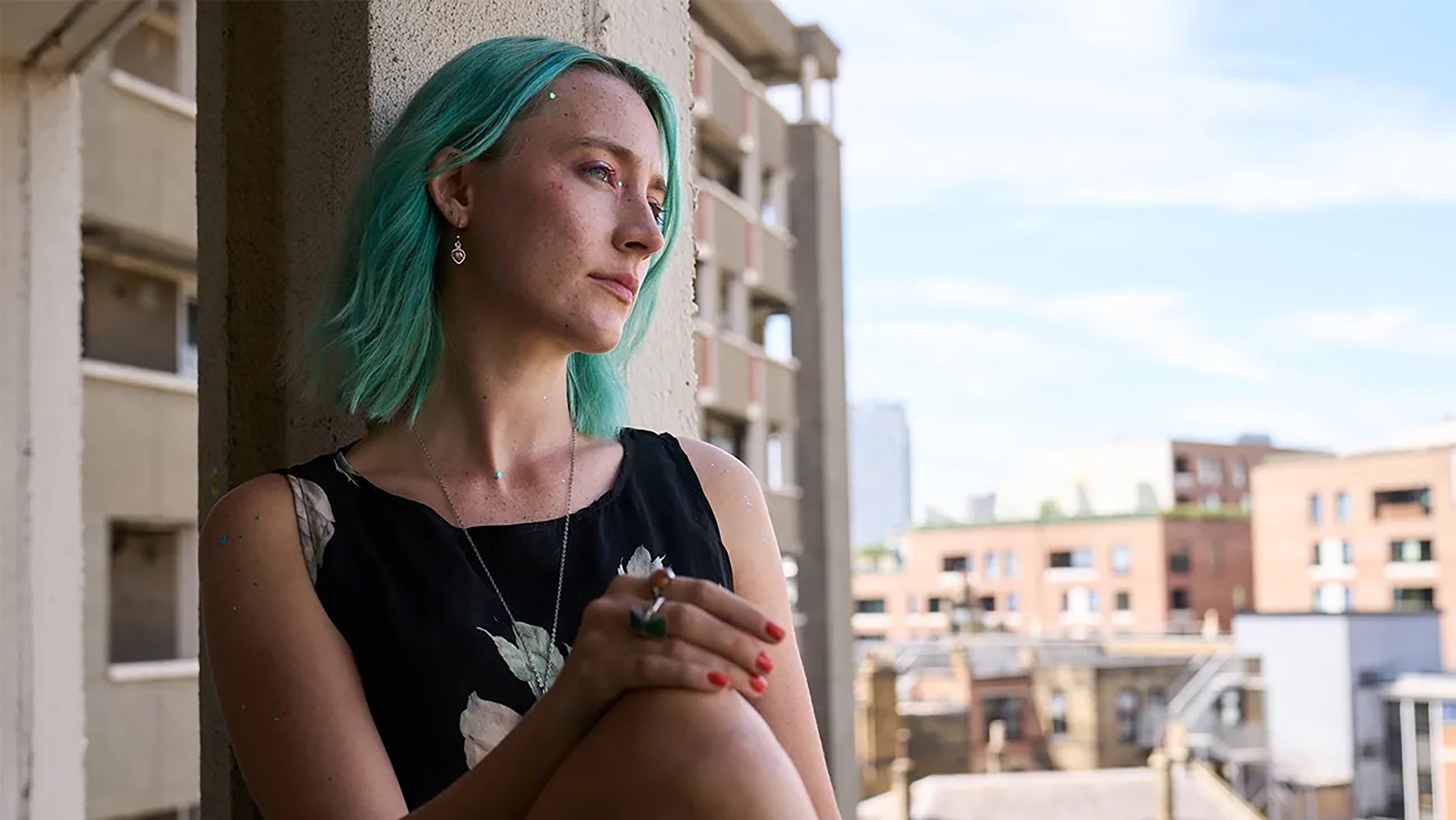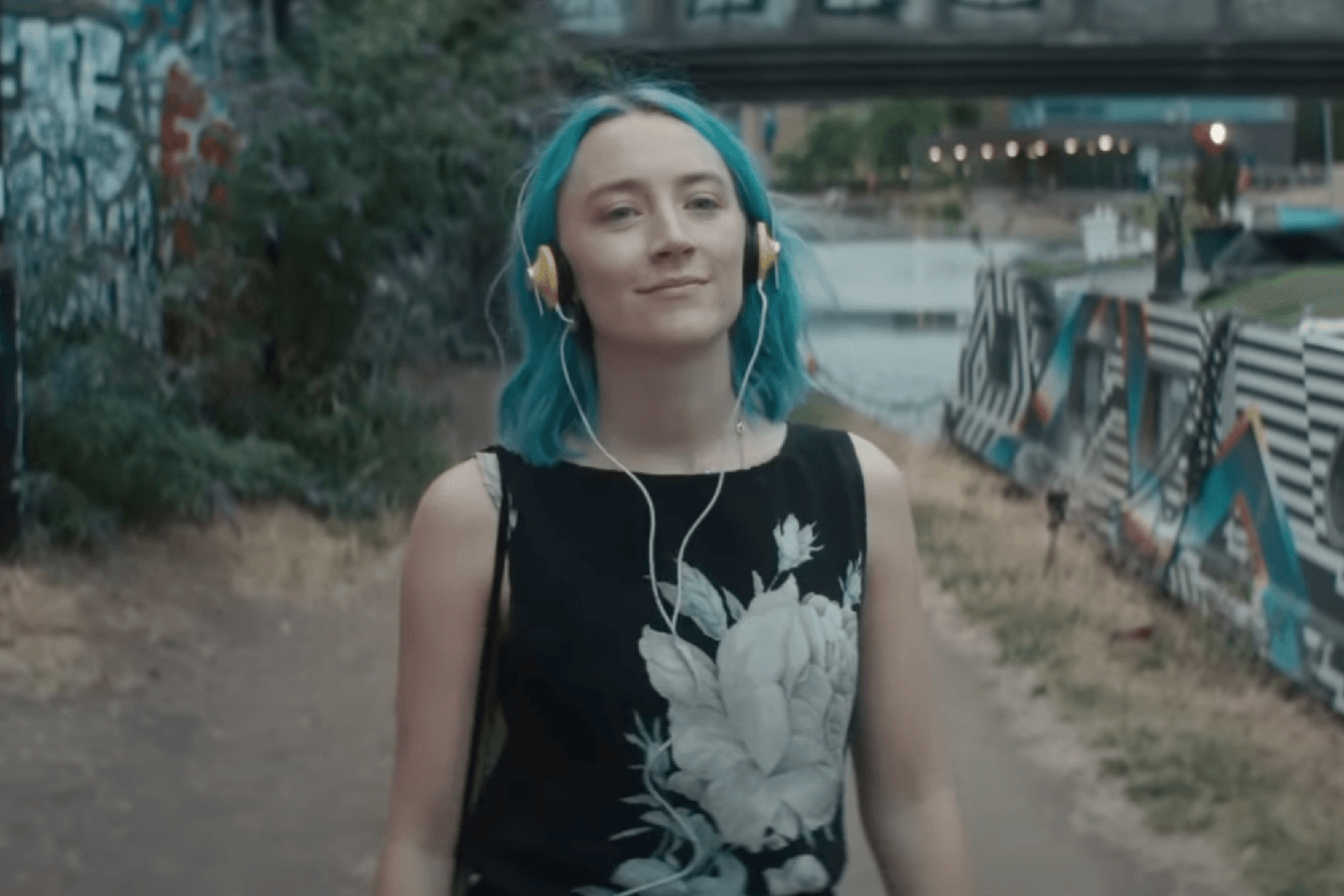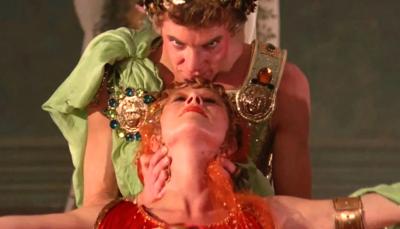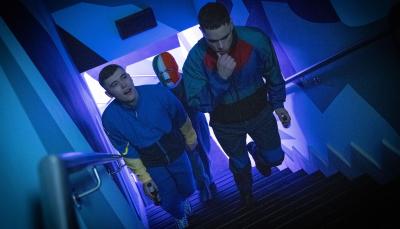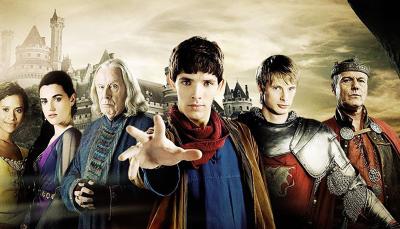'The Outrun's Story Doesn't Live Up to the Transcendence of the Locale
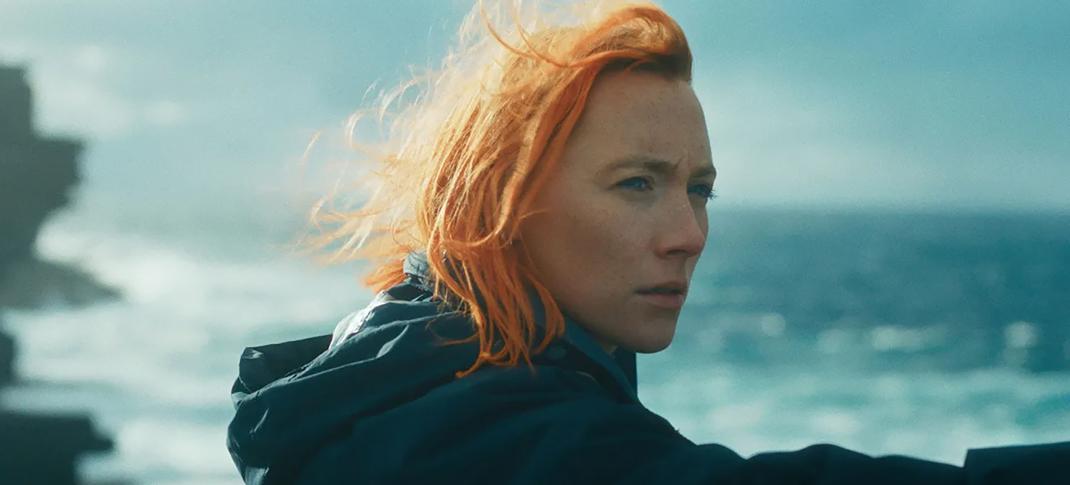
Saoirse Ronan as Rona in 'The Outrun'
Roy Imer/Sundance Institute
It feels like it’s been ages since we’ve seen Saoirse Ronan at the center of a naturalistic, contemporary drama, and her immersion in the self-destructive and self-loathing tendencies of Rona, an Orkney-raised alcoholic who returns to her remote Scottish island home, is what keeps The Outrun afloat in its choppy stretches. The film adapts the memoir by Scottish writer Amy Liptrot and sticks closely to the details Liptrot lays out there: Rona was raised in Orkney by her English parents; her father Andrew (Game of Thrones’ Stephen Dillane) is bipolar and schizophrenic; post-separation, her mother Annie (Slow Horses’ Saskia Reeves) turned to Evangelical Christianity; Rona lived in London for ten years, where her alcoholism ruined relationships and endangered her safety.
But picking up life back on the Orkney Islands – isolated, bracing, quotidian – isn’t the cure-all solution to addiction one might think. Rona is lonely, starved of contact with young people like herself, and all the people her age still on the islands are married, Christian, or boring (or some combination of the three). The severity and unpredictability of her father’s illness cut her off from a lasting, reciprocated relationship with him; she can’t shake the feeling that her mother is always judging her.
Central to The Outrun is the idea that isolating yourself in nature does not necessarily feed the soul, and feeling lonely inside a tight-knit community is like being stuck in a prism of alienation, acutely aware of your own condition—and hating yourself for it.
The Outrun cuts back and forth between Rona’s hedonistic and volatile life in London, where her addiction takes hold, and she squanders her academic work, and her purgatorial respite in Orkney (the two timelines are helpfully distinguished by the amount of blue dye left in Ronan’s hair). Director and co-writer Nora Fingscheidt (Liptrot co-wrote the screenplay with the director, with Daisy Lewis sharing a story credit) opts for a lively, expressive approach to Rona’s story, never veering from handheld camerawork and letting flashes of movement and chaos lap over each other in the edit.
It’s a shame that the fractured narrative means that Rona’s life in London often feels condensed to montage-sized bites that truncate her addiction story to outbursts, spirals, or too-carefully composed images in lieu of mapping out a thorny emotional state. As a result, her sweet but doomed relationship with London native Daynin (Paapa Essiedu) is given too little room to breathe, even if it’s filled with heartrending glimpses of the ways Rona poisons her own capacity for love. These moments with Daynin only fill in Rona’s character, whereas the sensitive, charged scenes with both of her parents are more two-sided.
When she returns home, we get a much richer, nuanced sense of Rona’s inner world. However, still, Liptrot limits our insight into Rona’s perspective – an intrusive voiceover detailing nature and wildlife facts about the Orkney Islands is too tied to the memoir’s first-person literary voice and clashes with the visual style rather than compliments it. Even when Rona’s voiceover retells an Arcadian myth of how the islands were formed, an animation sequence painting the myth on-screen undermines the entrancing qualities of an accented Saoirse Ronan telling us a story. It’s not just that an animation clip is incongruous with the film’s visual palette (no other moment is animated); the rudimentary animation lacks the raw, expressive traits of Fingscheidt’s filmmaking.
The Orkney Islands (specifically Mainland and the smaller Papa Westray, where The Outrun was filmed) make for some incredible vistas that render Rona’s slight figure minuscule against crashing waves and expansive sands (considering her circumstances, this may be more comforting than disquieting). But The Outrun thrives on a sonic plain as much as a visual one. Orkney sees such fearsome wind that it has the highest concentration of small and micro wind turbines in the United Kingdom, and they have a real ferocity throughout the film – a credit to sound editors Dominik Leube and Lajos Wienkamp-Marques and their teams.
Rona is clearly drawn to all-consuming sounds. She wears heavy-duty headphones that fill her ears with house and techno music as she muses on the beach or carries out lambing work; she holds her phone out in a tremendous storm to record the sound of the battering wind. This is a nice character detail for someone with a complicated relationship to sensory pleasure.
Still, two hours of largely internal plotting proves too long for the on-screen telling of Rona/Amy’s story; the uneven approach to structure and supporting characters interrupts the Fingscheidt’s pacing frequently enough to give The Outrun a proper momentum. When Rona approaches something close to peace in the final moments, it’s stirring and heartwarming but not something we feel on a transcendent level. By this point in the film, it’s a feeling we’re used to.
The Outrun debuted at Sundance 2024 and is currently playing at the Edinburgh Film Festival. The film will open in the U.S. on Friday, October 4, 2024.

